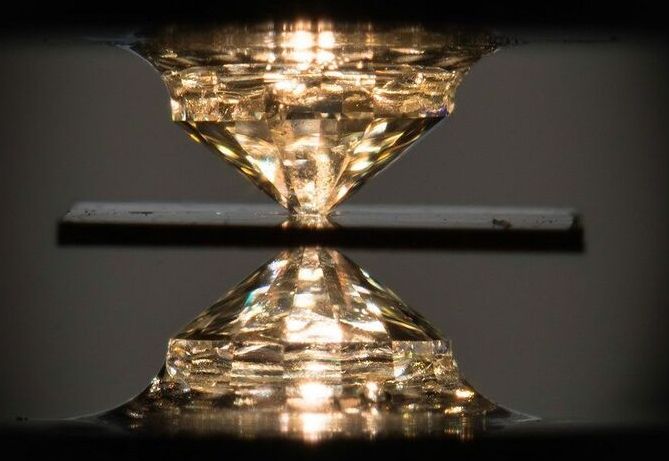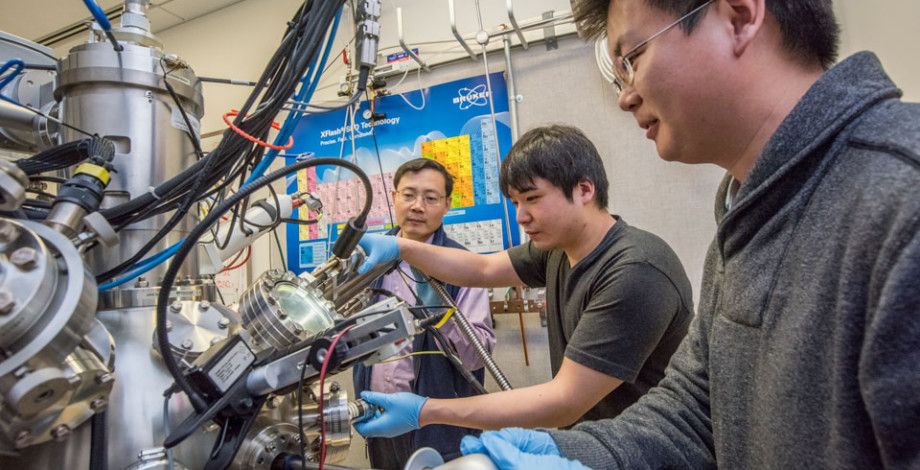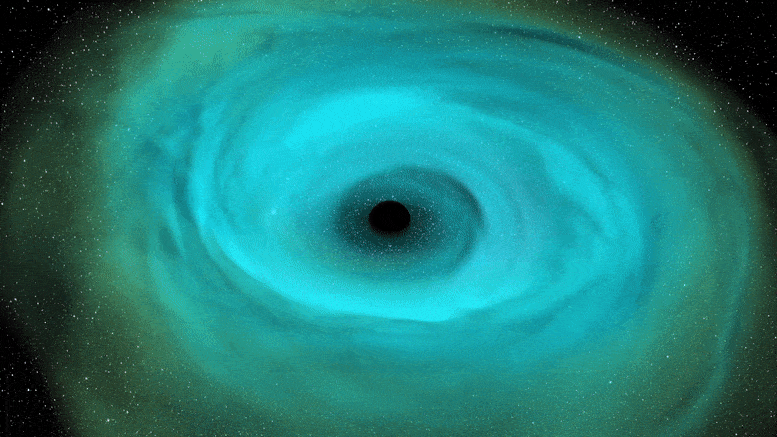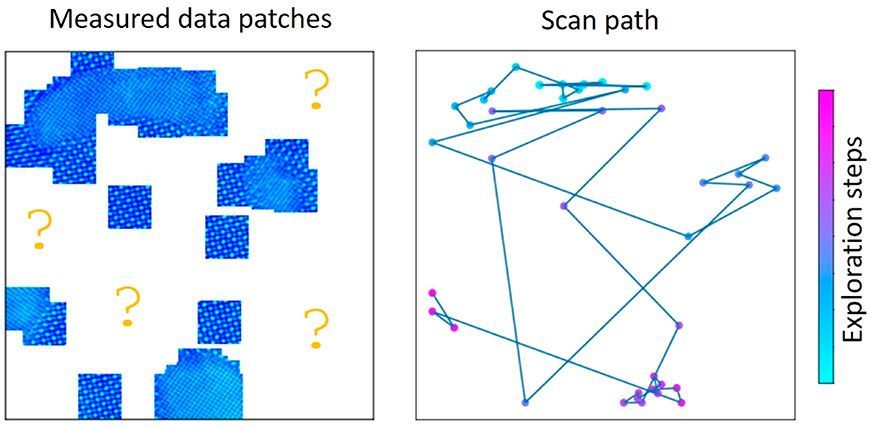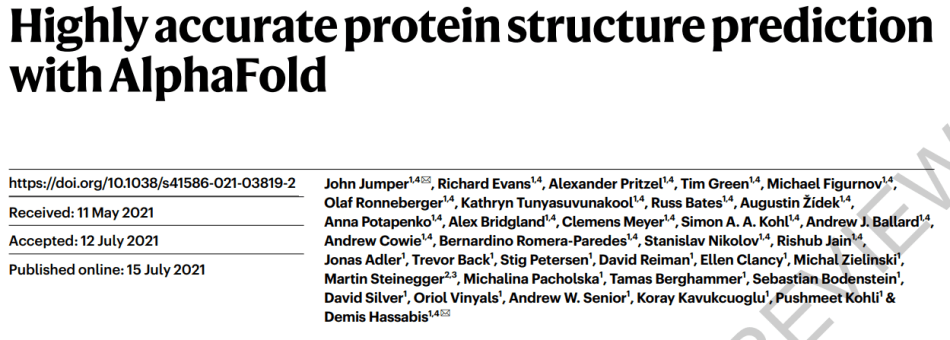
The prediction of protein structures from amino acid sequence information alone, known as the “protein folding problem,” has been an important open research question for more than 50 years. In the fall of 2020, DeepMind’s neural network model AlphaFold took a huge leap forward in solving this problem, outperforming some 100 other teams in the Critical Assessment of Structure Prediction (CASP) challenge, regarded as the gold-standard accuracy assessment for protein structure prediction. The success of the novel approach is considered a milestone in protein structure prediction.
This week, the DeepMind paper Highly Accurate Protein Structure Prediction with AlphaFold was published in the prestigious scientific journal Nature. The paper introduces AlphaFold2, a completely redesigned and open-sourced model that can predict protein structures with atomic-level accuracy.
Although machine learning researchers have long sought to develop computational methods for predicting 3D protein structures from protein sequences, there had been limited progress along this path, chiefly due to the computational intractability of molecular simulation, the context-dependence of protein stability, and the difficulty of producing sufficiently accurate models for protein physics.
